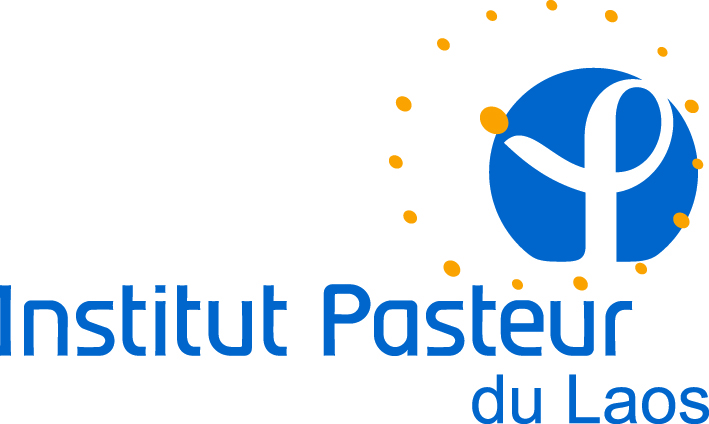A Six Years (2010–2016) Longitudinal Survey of the Four Serotypes of Dengue Viruses in Lao PDR
Résumé
Dengue fever is the most prevalent arthropod-borne viral infection of humans in tropical and subtropical countries. Since 1979, dengue has been reported to be endemic in the Lao People’s Democratic Republic (PDR), as in many countries in Southeast Asia, with a complex circulation of the four dengue viruses’ serotypes (DENV-1 to DENV-4). By sequencing the complete envelope protein, we explored a panel of samples from five Lao Provinces (Vientiane capital, Luangprabang, Bolikhamxay, Saravane, Attapeu) to enrich knowledge about the co-circulation of DENVs in Lao PDR between 2010 and 2016. Phylogenetic analyses highlighted the specific circulation of DENV-1 genotype I, DENV-2 genotype Asian I, DENV-4 genotype I and the co-circulation of DENV-3 genotype II and III. The continuous co-circulation of the four serotypes was underlined, with genotype or cluster shifts among DENV-3 and DENV-1. These data suggested the emergence or re-emergence of DENV strains associated with epidemic events, potentially linked to the exchanges within the territory and with neighboring countries. Indeed, the increasing local or regional connections favored the dissemination of new isolates or new clusters around the country. Since 2012, the surveillance and alert system created in Vientiane capital by the Institut Pasteur du Laos appears to be a strategic tool for monitoring the circulation of the four serotypes, especially in this endemic country, and allows for improving dengue epidemiological knowledge to anticipate epidemic events better.
Domaines
Maladies infectieuses| Origine | Publication financée par une institution |
|---|---|
| licence |




